
California wildfires: Why is the US struggling to douse deadly infernos?
As politicians point fingers at each other, experts call for collective action and a fundamental shift in fire management and preparedness strategies- ‘Much of the social media storm is disingenuous, when it is not actual disinformation,’ says David Demeritt of Boston University- Powerful winds made it impossible to send helicopters and fixed-wing aircraft, so the only thing firefighters could do was get people to safety and try to hold the line, says academic Char Miller- ‘It is extremely rare to see multi
By Rabia Ali
ISTANBUL (AA) – Southern California is bracing for the return of powerful winds that threaten to intensify the deadly wildfires ravaging parts of Los Angeles.
As the blazes, which have already claimed dozens of lives and scorched more than 40,000 acres of land, continue their destructive march, experts point to a complex web of factors that have made containment extraordinarily difficult.
A week into what officials says could potentially be the worst natural disaster in US history, thousands of homes in Los Angeles have been reduced to ashes, and over 100,000 residents forced to evacuate.
The fires have not only ignited fear but also fierce political debate, with accusations of mismanagement and lack of preparedness directed at local authorities.
David Demeritt, professor of Earth & Environment at Boston University, highlighted the political backlash, noting that President-elect Donald Trump and others have accused California Governor Gavin Newsom and Los Angeles Mayor Karen Bass of incompetence.
Their primary critique of Bass stems from her absence during the outbreak of the fires, as she attended the inauguration of Ghana's president, a move heavily criticized by political opponents.
“It’s also true that there has been some tension between the mayor and the chief of the Los Angeles Fire Department about budgets and resourcing – the chief’s request for an increase in 159 personnel met with a cut of 51 posts, as reported in The Guardian,” Demeritt said.
However, Demeritt warned against misinformation spreading online.
“We will have to await a post-disaster autopsy for a full analysis, but much of the social media storm is disingenuous, when it is not actual disinformation, like Trump’s claims about California water policy hindering the firefighting.”
- Was Los Angeles unprepared?
Los Angeles, a city accustomed to seasonal wildfires, now faces scrutiny over its preparedness.
Char Miller, W.M. Keck professor of environmental analysis and history at Pomona College in California, argued that even with the best preparation, the Palisades and Eaton fires were nearly impossible to suppress due to extreme winds.
“With winds topping 100 miles per hour, it was impossible to send helicopters and fixed-wing aircraft to aid firefighters on the ground,” he said.
“For the firefighters, the only thing they could do – and do brilliantly – was guide evacuees to safety and try to hold the line wherever they could.”
He further noted that water supply was not the issue but rather water pressure: “There was plenty of water but not enough water pressure to boost water up to the higher elevations because firefighters were using so much water trying to stop the flames at the lower elevations. Yet even if they had had the needed water pressure, they were not going to stop the infernos.”
Jennifer Marlon, a senior research scientist at the Yale School of the Environment, believes the city was unprepared, in part because fire seasons traditionally taper off during winter months.
“Instead, the fire season now is longer in California because of global warming, so the fires coincide with the peak wind season now (the Santa Ana winds),” she said.
Marlon linked the worsening fires to climate change, explaining that global warming is affecting background temperatures and altering precipitation patterns, leading to more possibilities for ignitions to rapidly spread.
This was an especially “bad mix of events” as 2024 was the hottest summer on record for California, which reduces soil and vegetation moisture, she added.
Demeritt echoed these concerns, emphasizing how dry conditions and powerful winds have created a perfect storm for wildfires.
Conditions are so dry and the winds so strong that any ignition quickly takes hold and is difficult to extinguish, even if fire services can access it, which is not always easy in the mountainous terrain surrounding Los Angeles, he said.
“Once those fires take hold, they grow with explosive speed, spreading burning embers, often at great distances from the fire front, sparking other fires,” he added.
“The services were simply overwhelmed, and with high winds grounding airborne tankers, it’s not clear that much could have been done.”
- Forces fueling the flames
The unprecedented spread and intensity of these wildfires, experts agree, is driven by a dangerous combination of environmental, infrastructural, and human factors.
Marlon pointed to urban sprawl as a critical issue. “People are building in vegetation areas that naturally burn and are meant to burn. There is certainly inherent danger in building in places with flammable fuels that periodically dry out,” she said.
Emily Schlickman, an assistant professor of landscape architecture and environmental design at the University of California, Davis, explained that Los Angeles’ increasing development into the wildland-urban interface – where urban sprawl meets fire-prone landscapes – has significantly heightened exposure to wildfire damage and increased ignition risks.
Schlickman cited aging infrastructure, particularly faulty power lines, as frequent ignition sources in fire-prone areas.
Climate change plays a central role as well, as prolonged droughts and rising temperatures have created drier, more combustible environments, she said.
“Other factors include the insurance market practices, where for many years, the true risks of living in fire-prone areas were not reflected in the insurance market, which may have influenced development decisions and risk perceptions,” said the academic.
There was also the element of inadequate evacuation planning and a lack of community preparedness, with many residents lacking defensible space around their homes, fire-resistant building materials, and comprehensive emergency plans, she added.
“These factors, combined with environmental conditions like the Santa Ana winds … create a complex web of challenges,” Schlickman noted.
Demeritt warned that the fires have begun to consume not just isolated, high-risk properties on hilltops, but vast stretches of suburban housing developments.
“The source of fuel and ignitions is not vegetation burning on the landscape but homes themselves. This is despite really strict building regulations and a program of over 10,000 inspections by the city and county of Los Angeles to ensure homeowners comply with building regulations and requirements,” he said.
- Firefighters battle relentless obstacles
The challenges facing firefighters are immense. High winds, rough terrain, and limited resources have made controlling the fires nearly impossible.
“It’s very hard to contain fires and prevent burning embers from spreading to spark new ignitions beyond the fire front when peak winds are gusting at over 80 miles per hour,” Demeritt explained.
“High winds also impede the deployment of air assets. The scale and extent of the fires also appear to have challenged water pressure in fire hydrants.”
Marlon emphasized how the urban setting has added complexity, saying that massive fires rarely occur in densely populated urban areas, and this is “a very difficult situation for firefighters who are already exhausted and stretched from many bad fire seasons over the past several years,” she said.
“Also, it is extremely rare to see multiple massive wildfires in the heart of a major metropolitan area, so the novelty makes it challenging as well,” she added.
Schlickman emphasized how the extreme wind events have exacerbated the situation, as they “carry embers for miles, igniting new fires far beyond containment lines.”
“Firefighters must also contend with incredibly steep, rugged terrain, and hard-to-access terrain, which complicates suppression efforts and puts their safety at risk,” she said.
“Additionally, significant resource limitations, including personnel, equipment, and aerial support, stretch their capacity to respond effectively. On top of these physical obstacles, the firefighters endure mental and physical exhaustion from working long hours in dangerous and grueling conditions, further compounding the difficulties they face.”
Miller warned that the return of Santa Ana winds poses a renewed threat.
“Those strong winds pose another danger: they will kick up all the dust, debris, and ash that rained down during all the fires that have or are continuing to burn,” he said.
“This particulate material is highly toxic and represent critical threats to the public’s health – asthma, weakened immune systems, and pulmonary diseases.”
- Preparing for an uncertain future
Experts agree that combating wildfires requires a fundamental shift in how communities approach fire management and preparedness.
Schlickman stressed that focusing solely on suppression efforts is not enough. “Suppression alone – adding more firefighting resources – won’t address the root causes or prevent future devastation. Instead, we must learn to co-exist with wildfire and prioritize preparedness,” she said.
She called for individual homeowners to take proactive steps, including creating defensible space around properties, hardening structures against fire, assembling emergency go-bags, and developing multiple evacuation plans.
On a broader scale, Schlickman emphasized the need for smarter land-use planning, stressing that it would allow authorities “to evaluate where rebuilding makes sense and to make decisions that ensure a safer future for LA residents.”
“Wildfires are an annual reality in Southern California, and we must adopt proactive measures to adapt and reduce risk in the face of this growing threat,” she concluded.
Kaynak:![]()
This news has been read 46 times in total


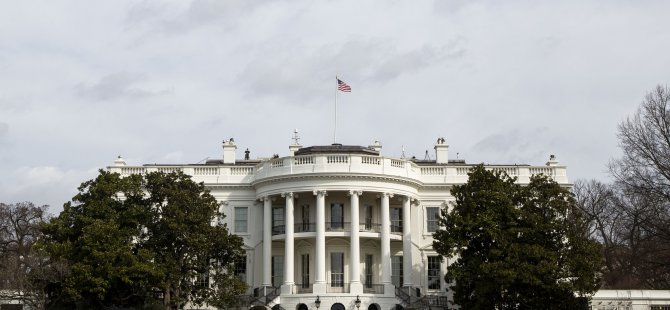
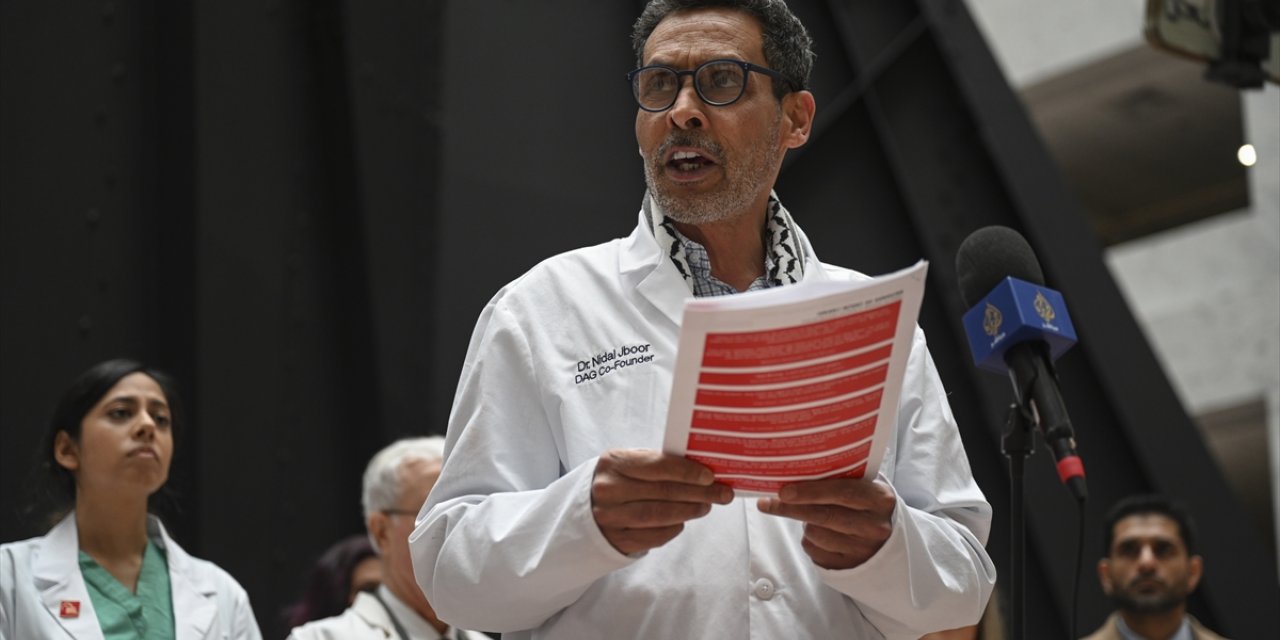
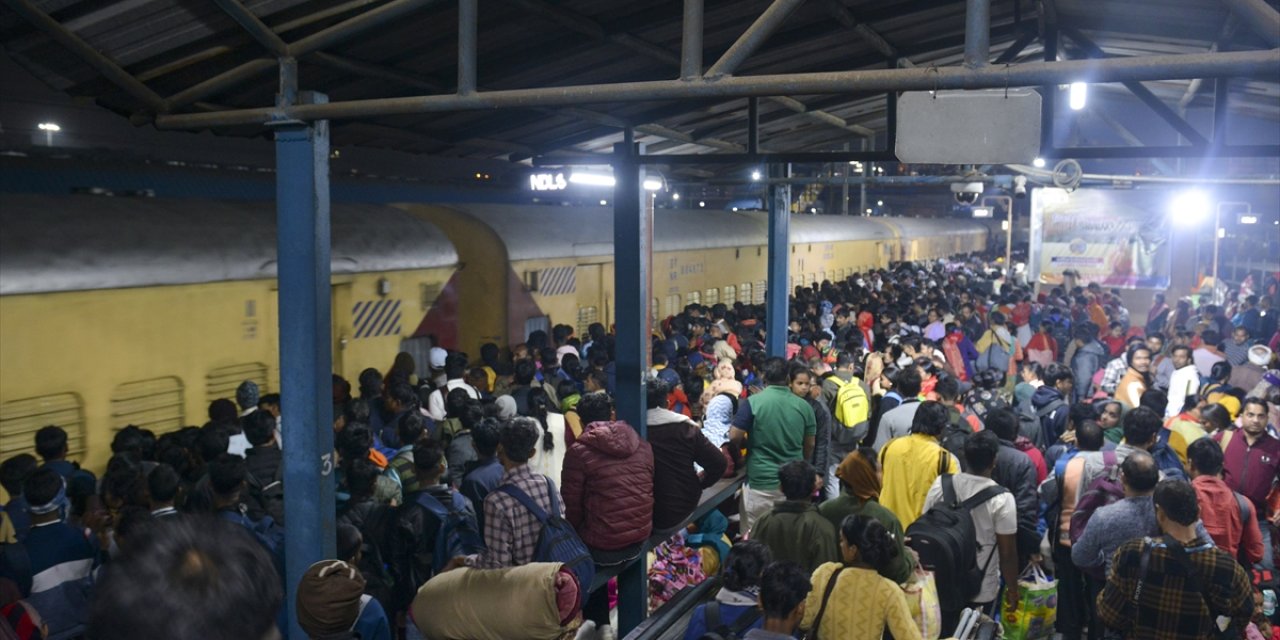
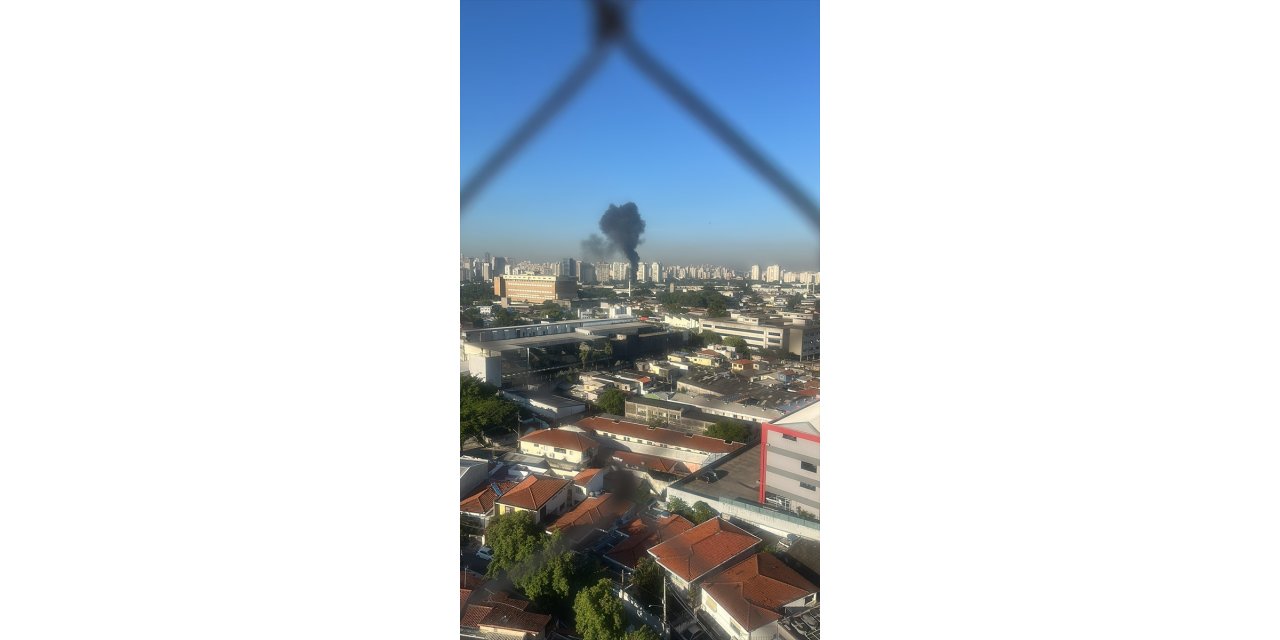
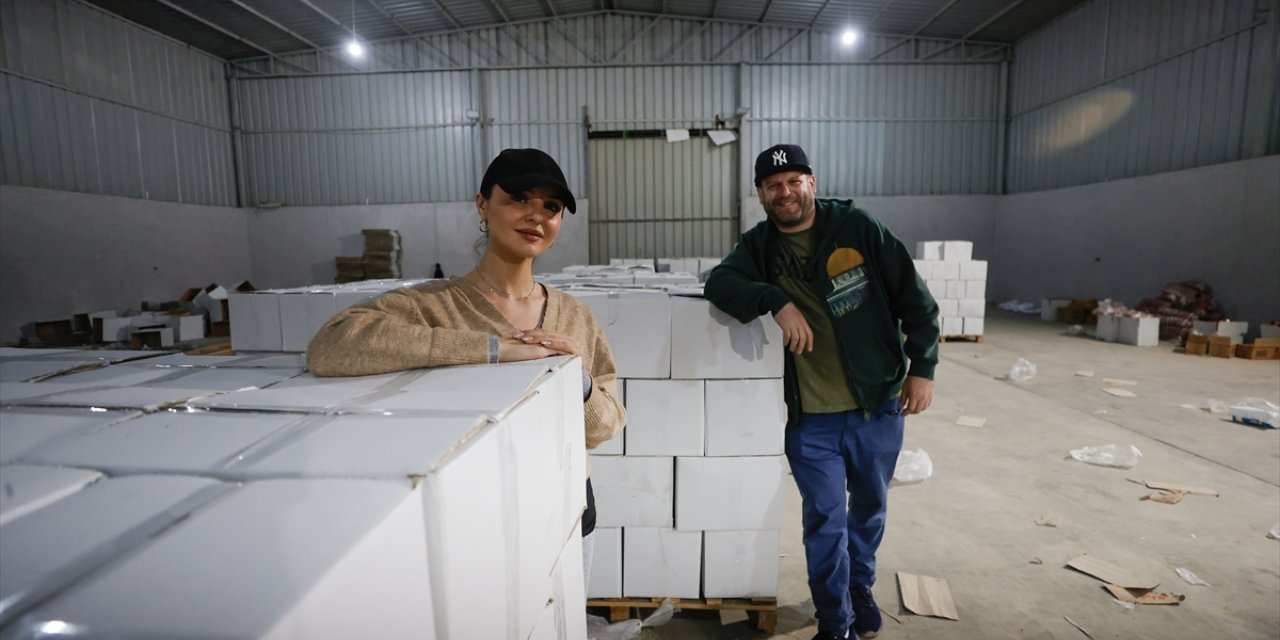
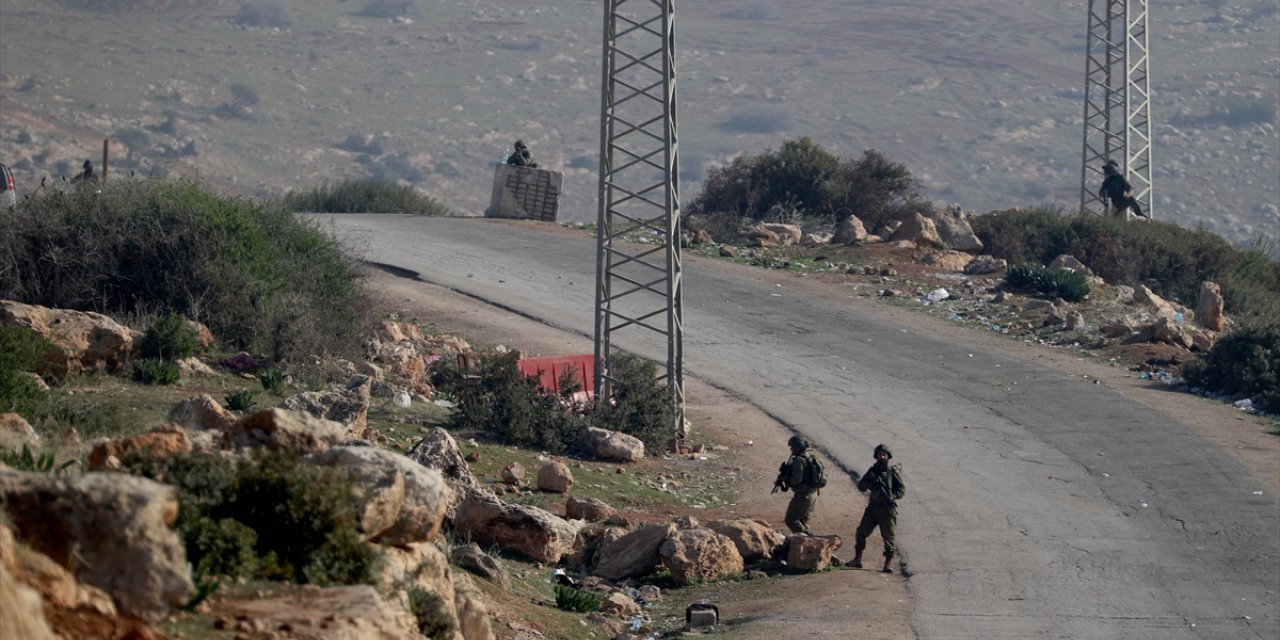

Türkçe karakter kullanılmayan ve büyük harflerle yazılmış yorumlar onaylanmamaktadır.